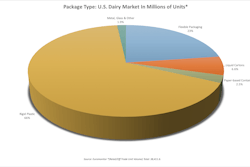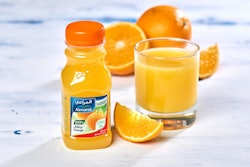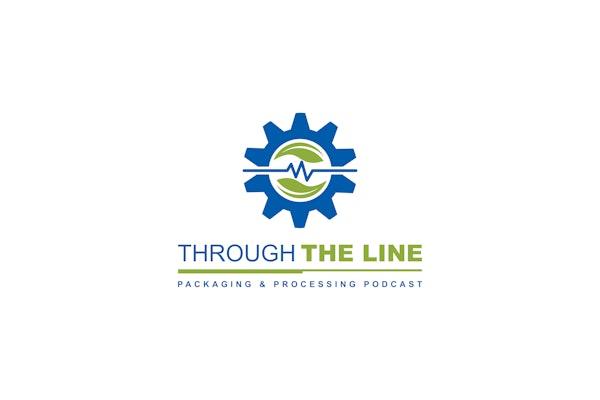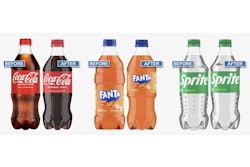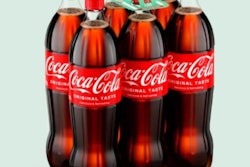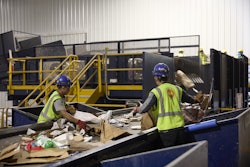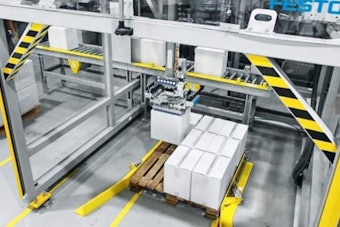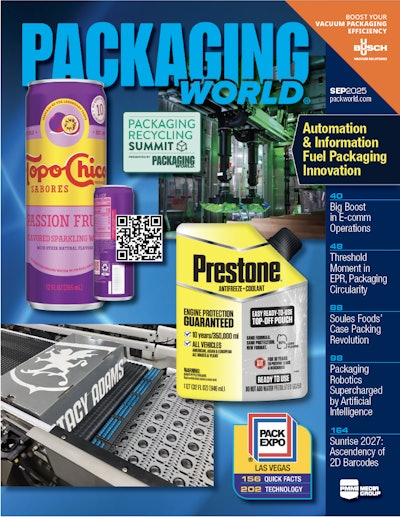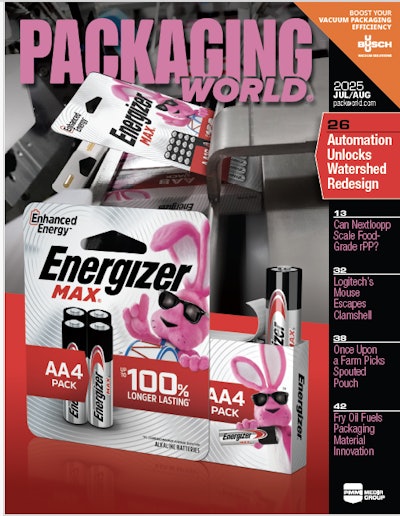
Packaging World:
Were you in the packaged goods part of the business right from the start?
Eli Gershkovitch:
No, we were strictly a brew pub at first. After 17 years I felt I’d arrived at sufficient critical mass and had developed enough good will and name recognition in the marketplace to make the move to retail package sales. At this point we are about 70% packaged product and 30 draft kegs. (See page 118 for more on the brewery.)
Studies show that the use of cans continues to grow in Canada at the expense of bottles. What’s your take on this?
We’re over the 50% mark on cans now. For large-volume beers, we
rely on direct print, but for new or seasonal brands we do some shrink sleeve labeling. Pricing became a problem recently, partly because of the tariffs on aluminum. But I think once people figure out how to deal with the new normal the can situation will resolve itself fairly quickly.
How would you describe the role of automation in the craft brew space?
Automation is just about essential if you seek to do significant volume in a market where labor is scarce. Also, the jobs you can offer people when you do invest in automation are jobs that are more rewarding. That leads to happier employees and less turnover. And happier employees make better beer. And finally, without investing in automation, your labor costs become too large a portion of your overall production costs. We may be craft brewers, but we also have to be smart manufacturers.
Would you say that packaging machinery OEMs have paid sufficient attention to the rather unique needs of the craft brewers?
I would, yes. There are a lot of craft brewers out there, so in terms of growth potential I think the OEMs recognize that they need to figure out craft brewing.
What do you see next in terms of automation at your brewery?
It’s one thing to have all these machines in place, but it’s quite another thing to get them all running optimally in unison. So having made a sizeable investment in technology, our focus now and for the immediate future is more on the human side, including training. It would be nice to have everybody cross trained, so that people are skilled on multiple machines and able to move from one to another. That’s how you make serious gains in efficiency.
After years of practically runaway growth, it appears the craft brewing scene in North America has reached a saturation point. Are you seeing that in your region?
After years of proliferation, it’s only natural for there to be a period of consolidation. I think what happens next is that we see consumers go from being willing to pretty much try anything and everything to exhibiting more defined buying patterns. Some craft breweries will stand out as favorites, and those will find themselves part of the regular cycle of purchasing. The others will become just an occasional novelty.



